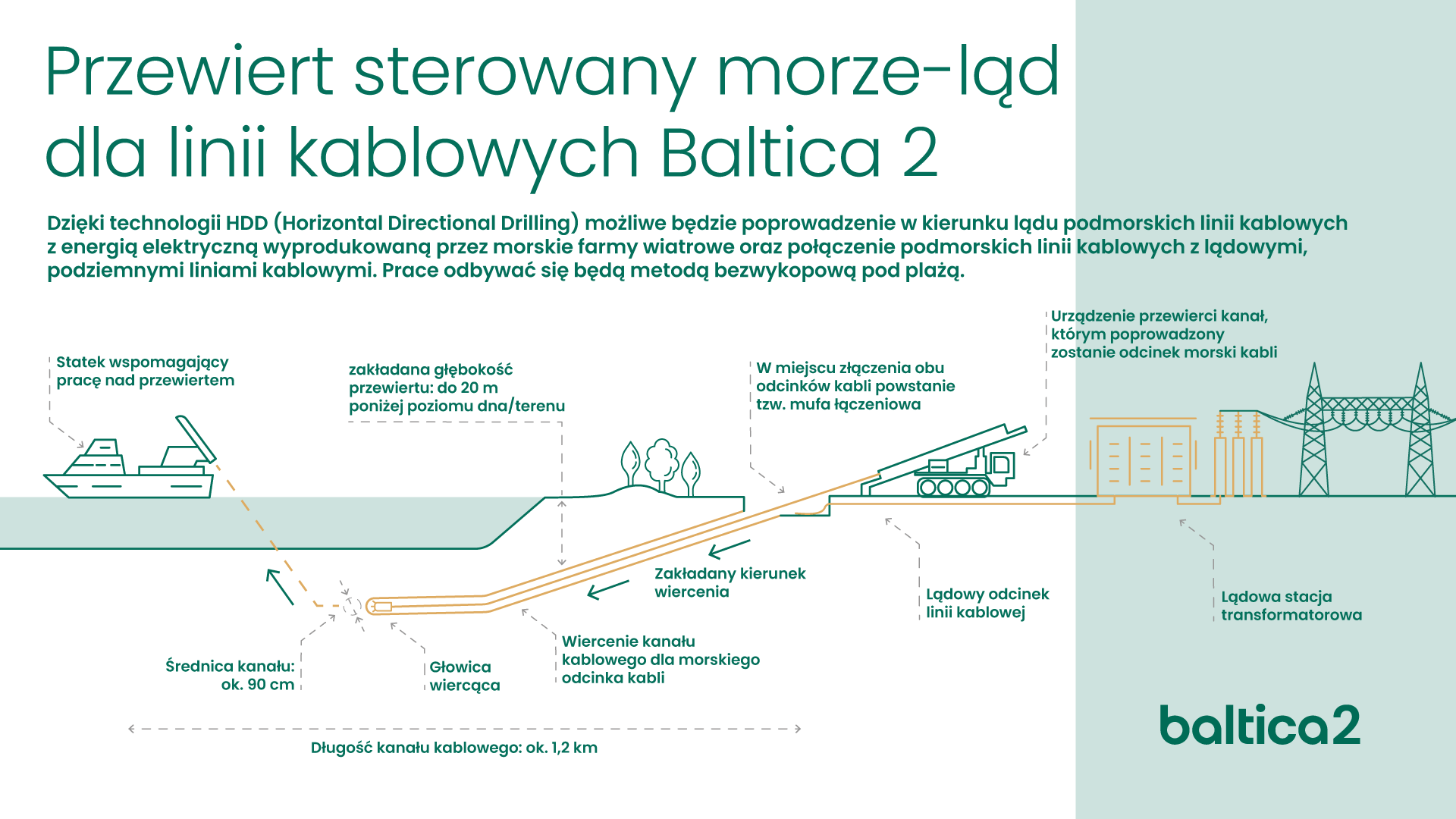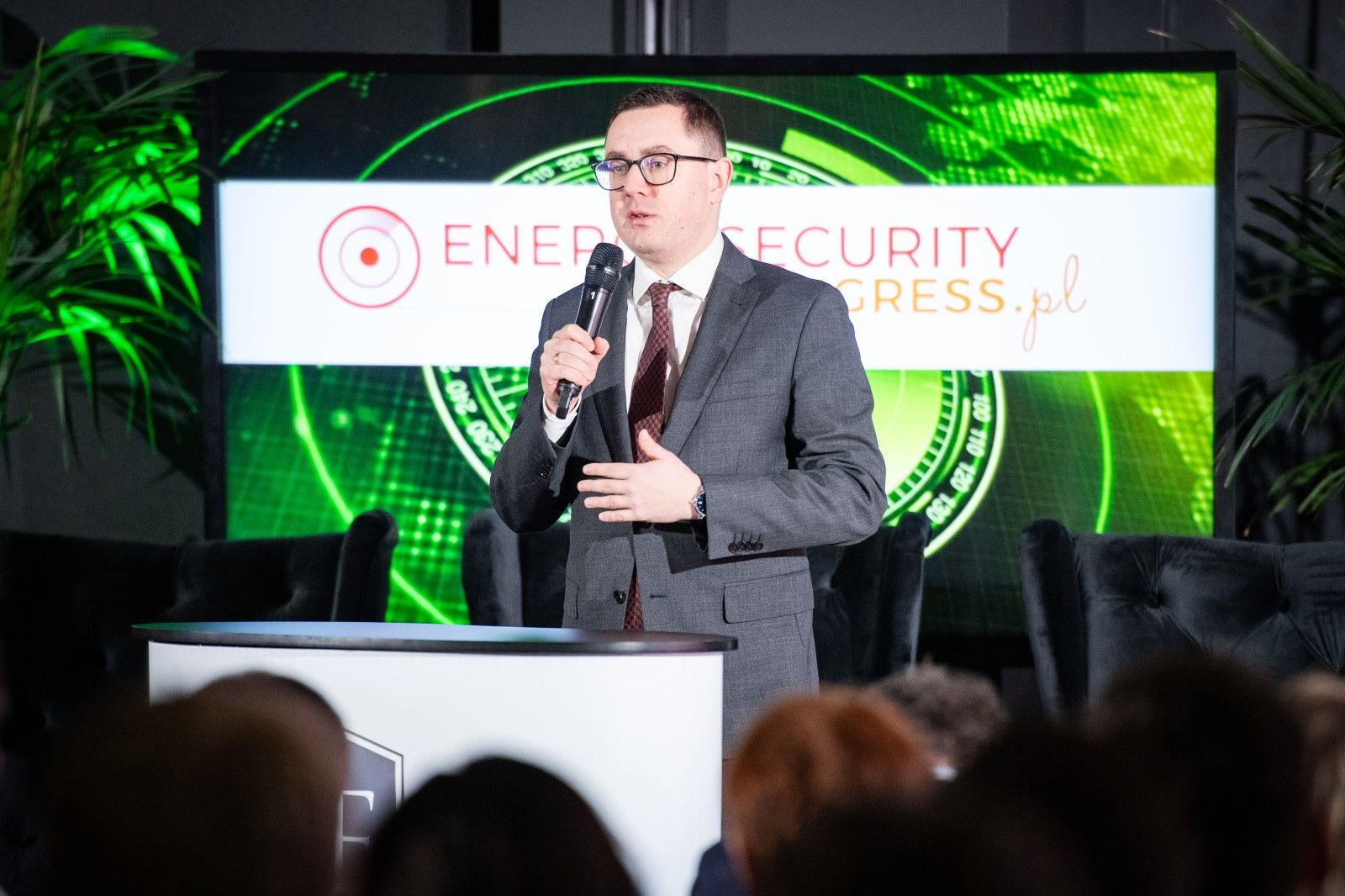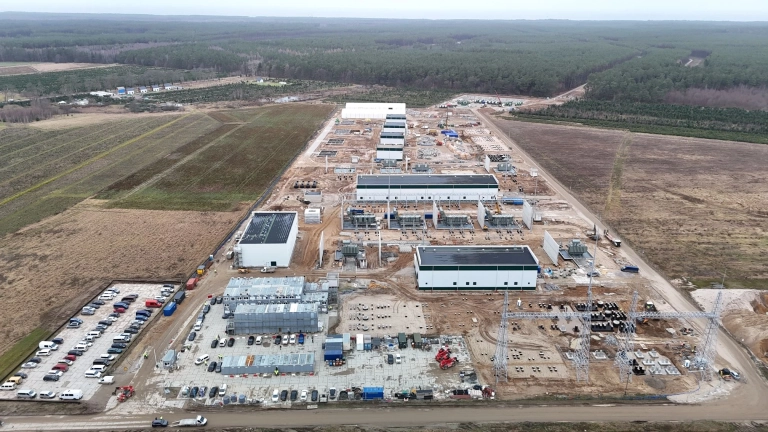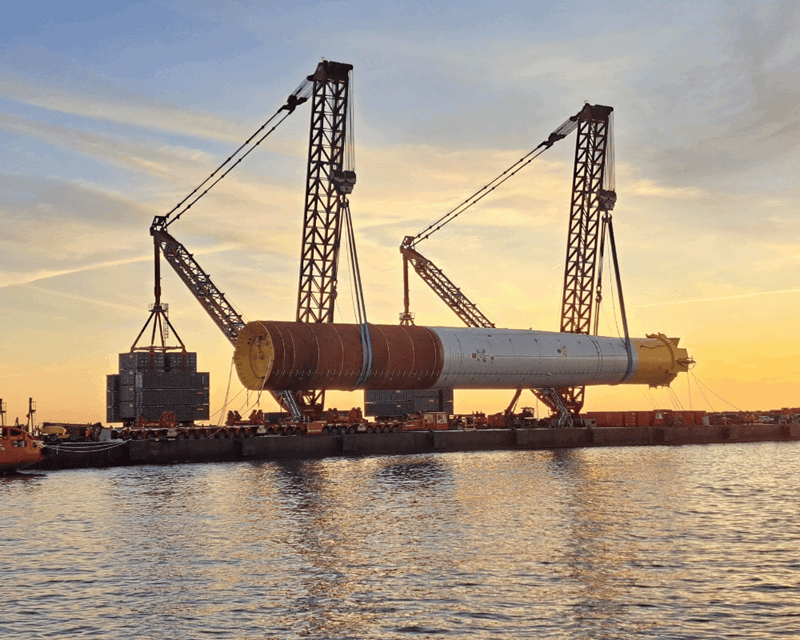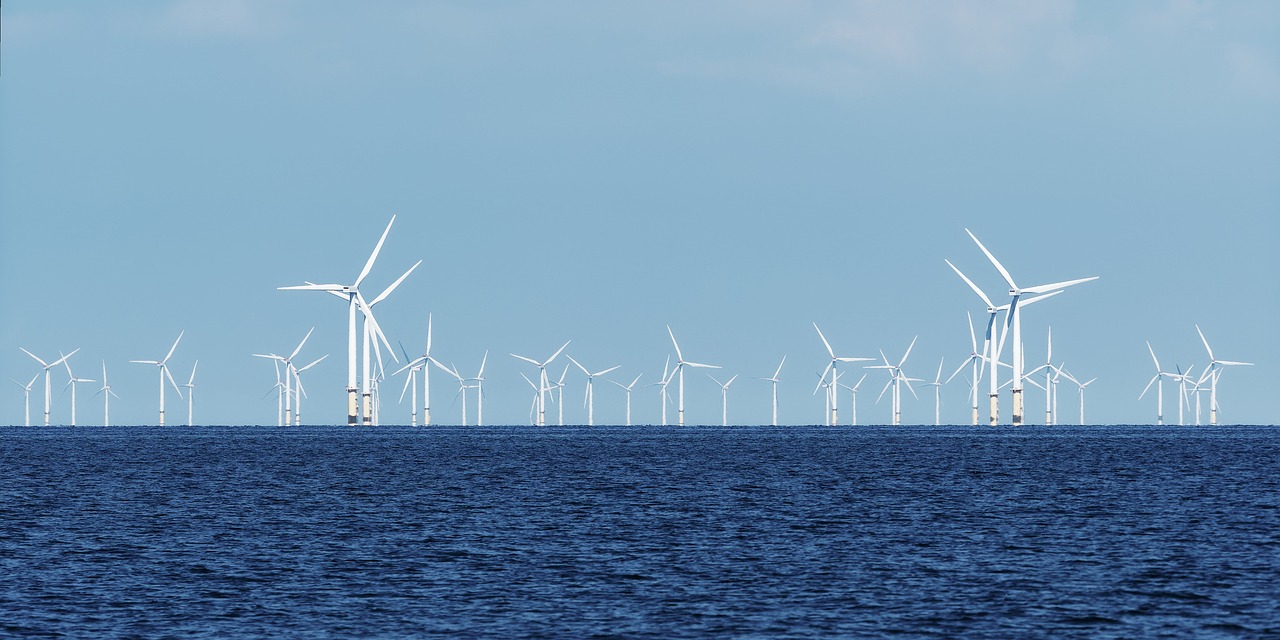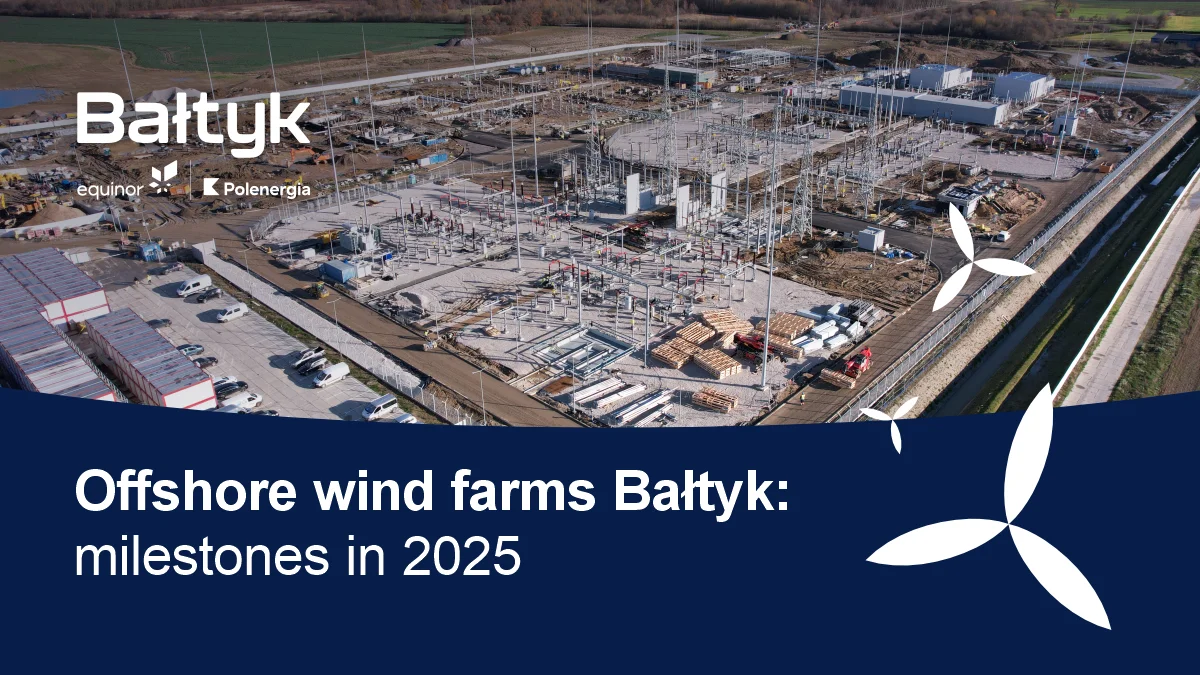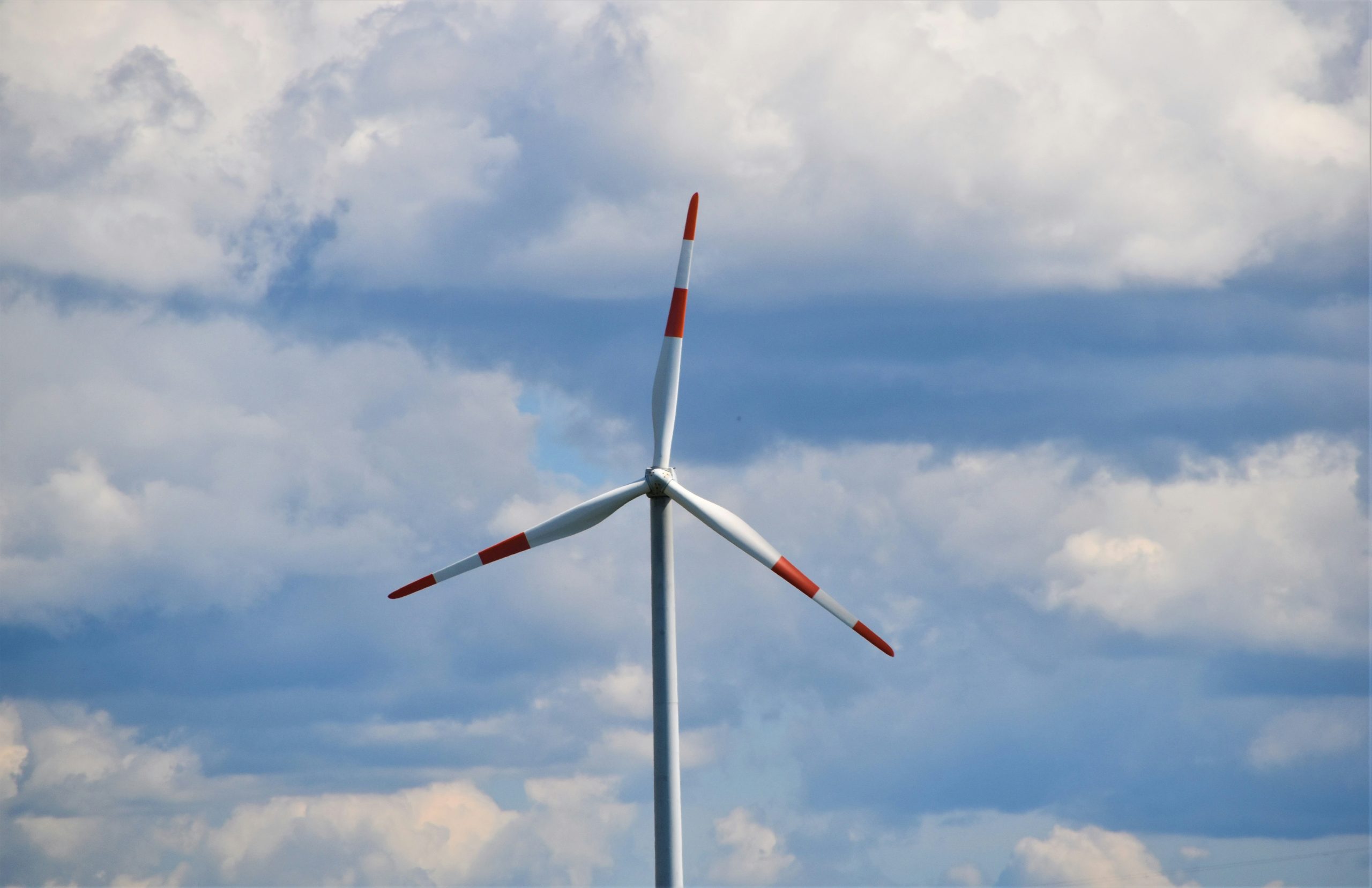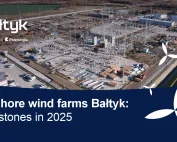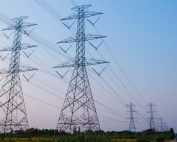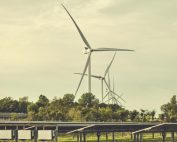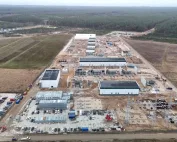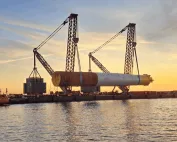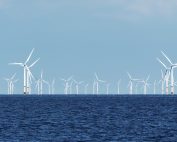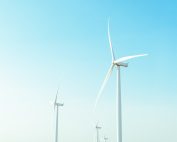The sea-to-land controlled drilling is the next stage of the Baltica 2 project – the largest offshore wind farm in Poland, jointly implemented by PGE and Ørsted. Thanks to modern HDD technology, the cable lines will connect the offshore and onshore parts while respecting the environment and landscape.
The HDD technology used allows for precise drilling below the ground surface – without the need for excavation or interference with the beach and dunes. Each of the four boreholes will be approximately 1,200 metres long and will be drilled at a depth of 20-30 metres below the surface. The work is being carried out by a consortium of Polish companies ROMGOS Gwiazdowscy and ZRB Janicki.
“This is a symbolic moment for the entire project – after bringing the submarine cables ashore, below the coastline, the offshore part of the investment will meet the onshore part,” said Ulrik Lange, managing director of the Baltica 2 project at Ørsted. “Thanks to the use of HDD technology, we can connect these two areas in a way that is safe for the environment and almost invisible from the beach.”
“The start of HDD drilling in Choczewo is another important step in the implementation of the Baltica 2 project. It is the least invasive method of installing cable lines, requiring no closure of part of the beach during construction work. It is a safe method, carried out at a considerable depth, thanks to which we are able to carry out the work with respect for the landscape and the natural environment,” said Bartosz Fedurek, President of the Management Board of PGE Baltica.
After the completion of the drilling work, planned for the turn of 2025 and 2026, the installation of export cables will begin, which will carry the electricity generated by the turbines to land.
Impact on local residents
Access to the beach is available via designated footpaths. Investors ask that information signs and guidelines from construction workers be respected. All work will be coordinated with local authorities. In the event of necessary temporary changes to traffic organisation, information about this will be provided in advance.
In order to reduce noise nuisance for residents and tourists, appropriate technical and organisational measures have been taken, including carefully selected equipment and the location of works away from residential areas and beaches.
Caring for the local environment
Before the start of the works, comprehensive environmental studies were carried out in both the marine and land areas. Based on the data collected, the drilling route was designed to avoid areas of natural value, including the habitat of the spotted snake (a protected species in Poland) and the Lubiatowska Dune, considered one of the most valuable elements of local nature. Locations protected under the Natura 2000 network were also taken into account. During construction, qualified personnel will conduct environmental supervision to ensure that the activities carried out comply with the requirements imposed on the investment in the permits issued.
Baltica 2, with a capacity of 1.5 GW, will be the largest offshore wind farm in the Baltic Sea and will supply approximately 2.5 million households with clean, renewable energy.
Source: Ørsted
